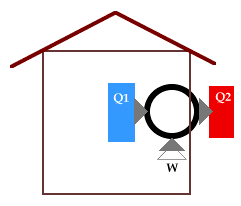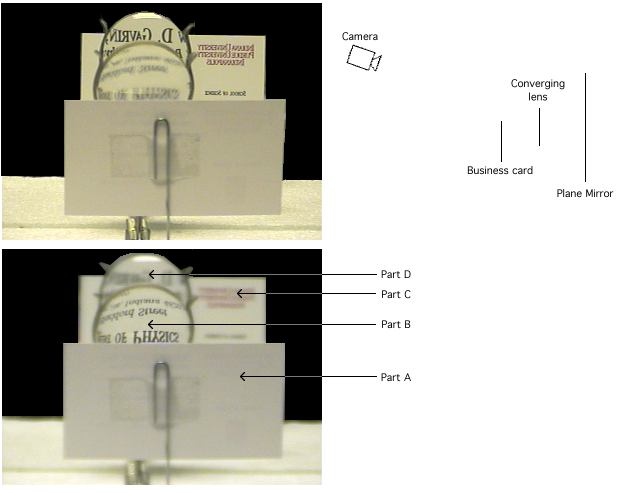 |
Just-in-Time Teaching |  |
 |

My refrigerator doesn't look like that...

 |
Just-in-Time Teaching |  |
 |


 |
Just-in-Time Teaching |  |
 |
Today's Pedagogical Resources
- EDUCATION RESEARCH
- INFORMATION TECHNOLOGY

 |
Just-in-Time Teaching |  |
 |
The three critical factors:
Alexander W. Astin
"What matters in college?:four critical years revisited"
Jossey-Bass Publishers,1993
"Students Learn What Students Study"

 |
Just-in-Time Teaching |  |
 |
|
Learning technologies should be designed to increase, and not to reduce, the amount of personal contact between students and faculty on intellectual issues. (Study Group on the Conditions of Excellence in American Higher Education, 1984) |

 |
Just-in-Time Teaching |  |
 |



 |
Just-in-Time Teaching |  |
 |
Warmups and Puzzles
Concepts - Vocabulary - Notation
Modeling - Connecting concepts and equations
Visualization - Graphing
Estimating - Getting a feel for magnitudes
Relating physics to "common sense"
Applying Mathematical Relations - the scope of applicability

 Concepts - Vocabulary
Concepts - Vocabulary
 |
During aerobic exercising, people often suffer injuries to knees and other joints due to HIGH ACCELERATIONS. When do these high accelerations occur? |
|---|
 Visualization - Connecting Concepts and Equations
Visualization - Connecting Concepts and Equations

|

 |
The figure shows two pictures of a setup including a business card, a converging lens, a mirror, and the camera. The setup is sketched in the upper right. The two pictures on the left differ only in how the camera lens was focused. All of the objects in the setup remained in place. Please describe the paths that light took from the business card to the camera. The areas labeled "Part A," etc., each correspond to a different path. |

 |
Just-in-Time Teaching |  |
 |
Learning Styles
The Felder-Silverman Model
| Learners classified as: | |
|---|---|
| sensing | intuitive |
| visual | verbal |
| inductive | deductive |
| active | reflective |
| sequential | global |
